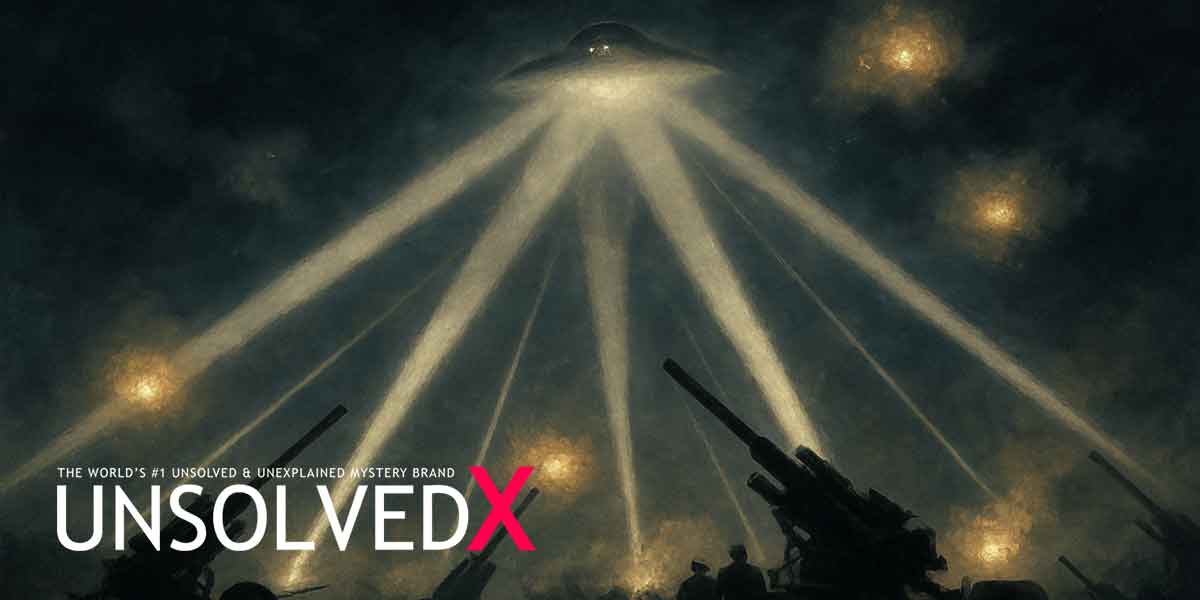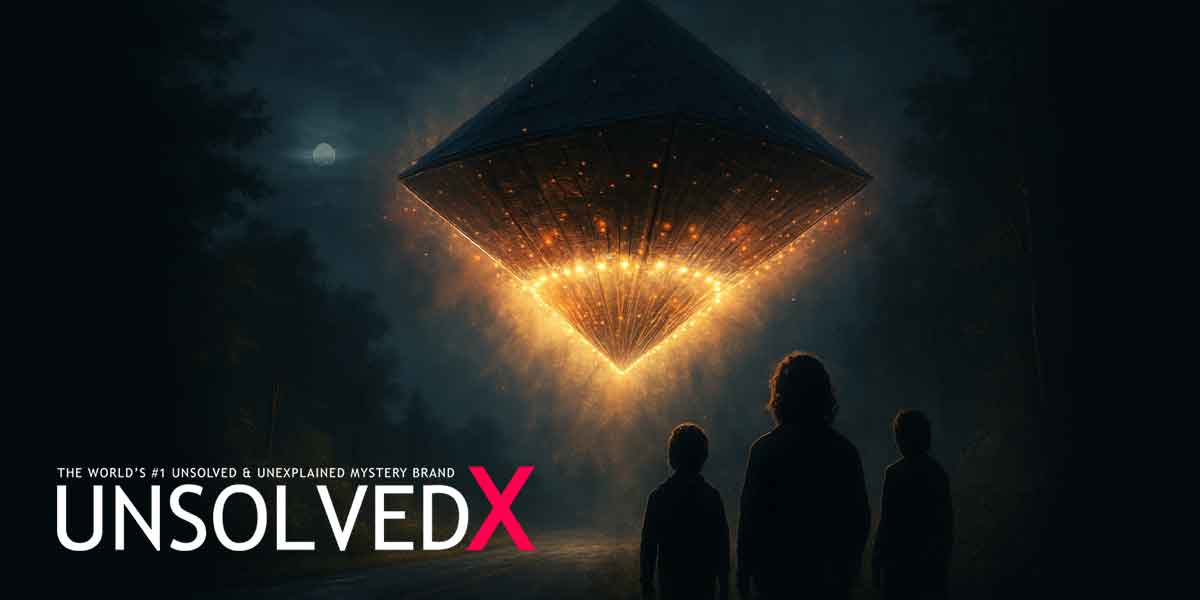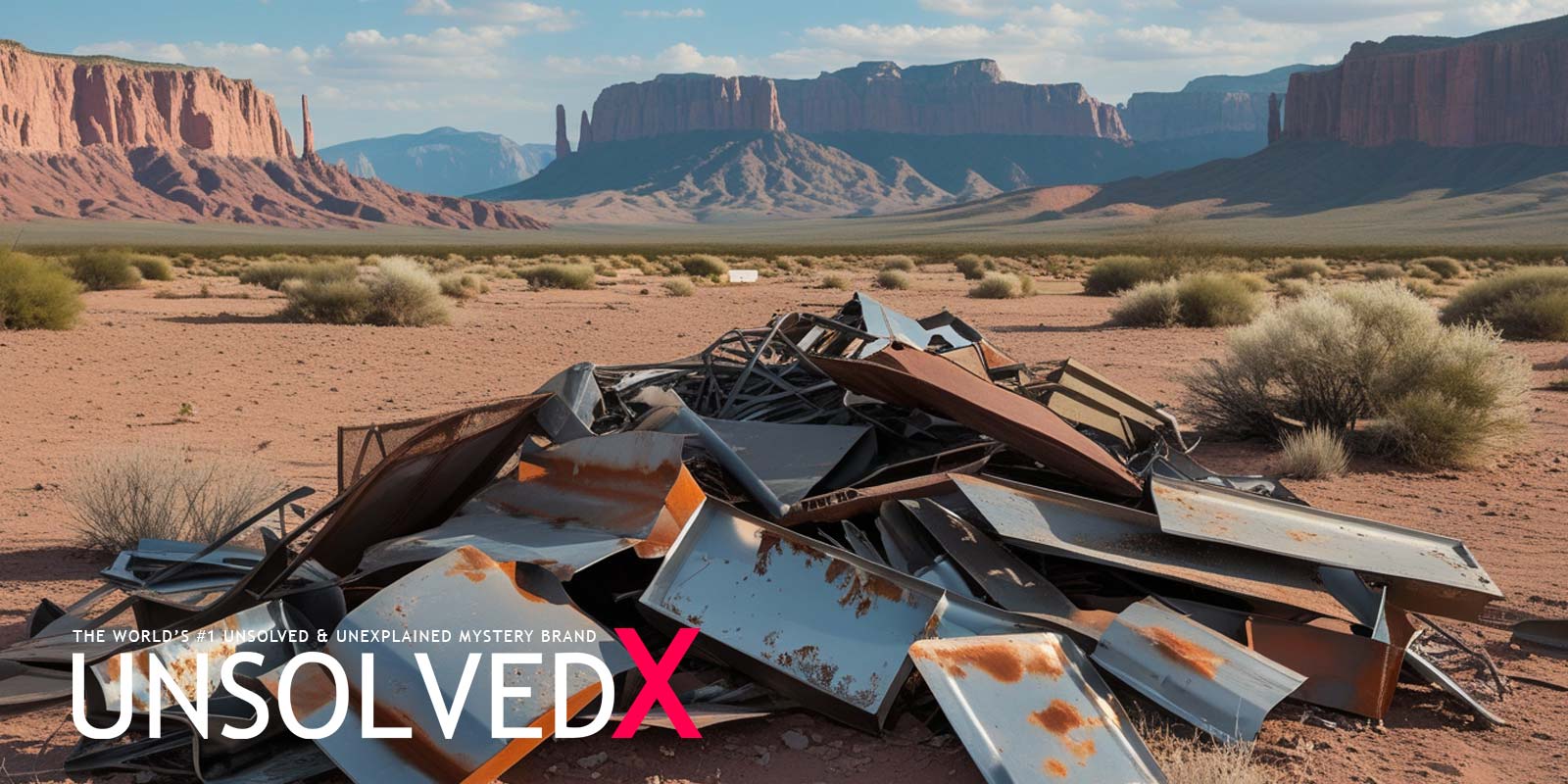The Genesis of a Secretive Mission
Picture this: it’s 1947, the world is teetering on the edge of the Cold War, and the United States is desperate to keep tabs on the Soviet Union’s nuclear ambitions. Enter Project Mogul, a clandestine operation born from the mind of geophysicist Maurice Ewing. Ewing, a brilliant scientist known for his work on underwater sound channels during World War II, had a wild idea: what if a similar "sound channel" existed high in the atmosphere? He proposed that low-frequency sound waves from nuclear explosions could travel vast distances through this atmospheric layer, giving the U.S. a way to eavesdrop on Soviet tests without ever leaving American soil. Launched in 1947 by the U.S. Army Air Forces, Project Mogul brought together top minds from Columbia University, New York University, and the Woods Hole Oceanographic Institution. It was a race against time—the U.S. had just lost its atomic monopoly with the Soviet Union’s first nuclear test in 1949, and this project was a desperate bid to stay ahead. The secrecy was intense; even many involved didn’t know the full scope of what they were working on.
So, how do you listen for a nuclear blast thousands of miles away? Project Mogul’s answer was as ambitious as it was ingenious: massive balloon arrays soaring into the stratosphere. These weren’t your average party balloons. Made from polyethylene—a tough, lightweight plastic—these clusters could float at a steady altitude for days, thanks to pressure sensors that dropped ballast to maintain height. Strapped to them were sensitive microphones tuned to pick up infrasound, the low-frequency rumbles of a nuclear detonation. Launched from Alamogordo Army Air Field in New Mexico, the balloons drifted silently, their radar reflectors glinting in the sun as they scoured the skies for signs of Soviet power. This tech was cutting-edge—constant-altitude balloons were a new frontier, laying the groundwork for later spy programs like Project Moby Dick. But it wasn’t easy. The balloons were fragile, the winds unpredictable, and the costs astronomical. Still, for a nation gripped by Cold War paranoia, no price was too high to hear the enemy’s next move.
The Roswell Incident and Project Mogul’s Unintended Legacy
Fast forward to July 1947: a rancher near Roswell, New Mexico, stumbles across a pile of bizarre debris—shiny foil, lightweight beams, and rubbery scraps. The military swoops in, and on July 8, the Roswell Army Air Field announces they’ve recovered a “flying disc.” The press goes wild. But within hours, the story flips—it’s just a weather balloon, they say. Case closed, right? Not quite. Eyewitnesses swore the wreckage looked unearthly, and the military’s cagey response only fanned the flames. For decades, the Roswell incident festered in the public imagination, growing into the ultimate UFO conspiracy. Then, in 1994, the U.S. Air Force dropped a bombshell: the debris wasn’t from a weather balloon—it was from Project Mogul, specifically Flight 4, launched June 4, 1947. The odd materials? Part of a top-secret balloon array that crashed. The revelation was meant to settle the debate, but for many, it only deepened the mystery. Check out the Air Force’s declassified report for the nitty-gritty details—it’s a wild read.
The Air Force might’ve thought they’d put Roswell to bed, but UFO enthusiasts weren’t buying it. “A balloon? Really?” they scoffed. The Mogul wreckage—described by some as “not of this world”—fed theories of alien cover-ups and secret autopsies at Area 51. The secrecy of Project Mogul didn’t help; its classified status meant the military couldn’t spill the beans in ‘47, so they improvised with the weather balloon excuse. Big mistake. That flimsy cover story, paired with the crash’s timing—just weeks before Kenneth Arnold’s famous “flying saucer” sighting—cemented Roswell’s place in UFO lore. It’s inspired everything from blockbuster films like Independence Day to the TV show Roswell. Even today, diehards argue the Mogul explanation is just another layer of the cover-up. The town of Roswell leans into it, hosting UFO festivals that draw thousands. Project Mogul didn’t just spy on the Soviets—it accidentally birthed a legend that refuses to die.
Scientific Breakthroughs Above the Clouds
Project Mogul may have faded by the early 1950s—replaced by seismic sensors and U-2 spy planes—but its innovations left a mark. Those constant-altitude balloons? They became the blueprint for high-altitude research and espionage, influencing projects like Project Genetrix, which snapped photos over Soviet territory. The atmospheric sound channel Ewing chased turned out to be real, too, advancing our grasp of infrasound—still used today to monitor everything from earthquakes to nuclear tests. Scientists even credit Mogul with early cosmic ray studies, thanks to its balloon tech. It wasn’t perfect—the balloons crashed more than they floated, and the data was spotty—but it proved the sky was more than just empty space. It was a tool, a weapon, a frontier. For a deeper dive into the tech, the National Archives has some declassified docs worth exploring.
Project Mogul’s real legacy, though, isn’t in labs or spy manuals—it’s in the stories we tell. The Roswell crash turned a failed experiment into a cultural juggernaut. UFO buffs still pore over grainy photos and eyewitness accounts, while skeptics point to Mogul as proof it was all a big misunderstanding. The irony? A project meant to uncover secrets ended up creating one of the biggest unsolved mysteries of the 20th century. It’s a cautionary tale about secrecy: hide too much, and people fill the gaps with their wildest dreams. Roswell’s legacy lives on in pop culture, from The X-Files to tourist traps selling alien bobbleheads. Project Mogul might’ve been a Cold War footnote, but its echo—amplified by that fateful crash—still reverberates. Next time you hear about a UFO sighting, tip your hat to those high-flying balloons. They started it all.










Comments
Comments section coming soon!